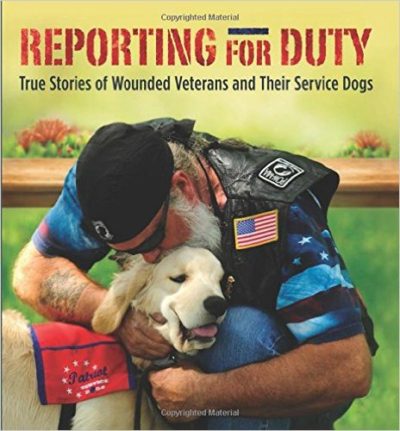I had the opportunity to visit with Joan Esnayra, Ph.D., President and Founder of the Psychiatric Service Dog Society (http://www.psychdog.org). I have to admit, Dr. Esnayra enlightened me to the fact that all service dogs are not alike. Theoretically, I was aware of that fact. However, after talking with Dr. Esnayra, I became acutely aware of some of the significant differences between service dogs that assist people with physical disabilities and service dogs that assist individuals with psychiatric disabilities.
I have to confess that I secretly felt that the most qualified service dogs were trained by an agency or organization. I had asked Lynn Hoesktra, a former service dog trainer for Paws With A Cause and one of the trainers that I immediately refer to for my complex service dog training questions, how seizure dogs were actually trained? Lynn explained to me that they couldn’t really train seizure dogs to detect seizures. Instead, they tested dogs to see if they had the ability to detect when someone was going to have a seizure. Since that conversation, Lynn’s words have resonated with me, “We don’t train the dogs, we simply ask the dog if he or she has the ability to detect when an individual was going to have a seizure.”
And after talking with Dr. Esnayra, this approach seems to also apply to psychiatric service dogs. Dr. Esnayra explained to me that it is actually better for a person with a psychiatric disability to train their own dog. She described how the longer a dog lives with their partner with a psychiatric disability, the easier it is for the dog to detect when a psychiatric episode is about to occur. Furthermore, as the dog gets to know its person better over time, it can also predict how he or she might react during the episode. It makes perfect sense. Dr. Esnayra also raised the point that a multitude of breeds can assist individuals with psychiatric disorders and not just the breeds we typically think of such as service dogs—Labrador or Golden Retrievers.
I am ashamed to admit it, but I did have some biases and false beliefs that a dog needed to be trained by a service dog agency or organization to be a qualified service dog. I know there are some people with dog training experience who might be able to train their own dog, but I was admittedly skeptical about the average person, such as myself, with no previous dog training experience. Training a service dog takes diligence, patience, and time. I especially referred to this false belief after two of my service dogs were attacked in public by other dogs whose owners claimed they were trained service dogs. In reality, these dogs were simply pets and they lacked the basic obedience skills necessary for public access. This has always concerned me because I worried that dogs who do not behave appropriately in public jeopardize public access for the rest of us whose dogs are trained and who do act appropriately.
Dr. Esnayra explained to me how the Psychiatric Service Dog Society works with its members to strengthen their public access skills and to ensure that their members’ dogs do behave appropriately in public while providing the vital support that their human partners require. Dr. Esnayra opened my eyes to another type of service dog and she also educated me about individuals with psychiatric disabilities and their specific needs. I am always amazed to learn about new ways our canine friends are coming to our aid such as: dogs who detect peanuts for people with severe allergies, dogs who assist people with autism, and countless other ways in which our canine friends demonstrate their unwavering love for humankind. Dr. Esnayra reminded me that I need to be open-minded to how these dogs are trained and how they assist their human partners. For more information and to hear my conversation with Dr. Esnayra, tune in to Working Like Dogs at www.petliferadio.com.





